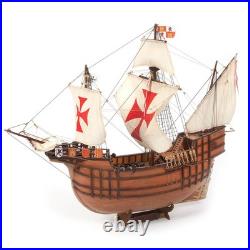
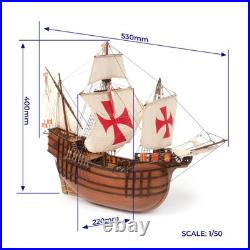
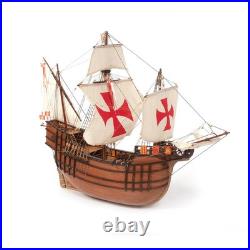
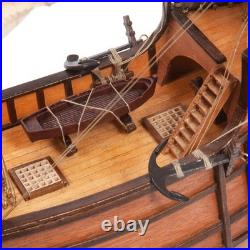
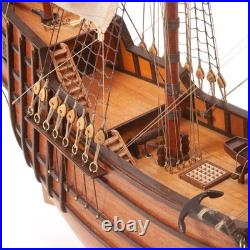

Christopher Columbus’ Santa María Model. Is central to the history of. The Santa María was the largest of the three vessels. And played a key role during the. 1492 voyage that culminated in the discovery of the New World. Changing the course of world history. Instructions in 5 languages. Glue and tool usage guide. Parts list with measurements and materials. IP sheet with photos for identifying parts. Departed from the port of Palos de la Frontera in Spain on August 3, 1492, under Columbus’ command. This voyage marked the beginning of European exploration of the American continent. During the journey, Columbus and his crew faced numerous challenges, including storms and the uncertainty of navigating towards unknown lands. Finally, on October 12, 1492, they sighted land, arriving at an island in what we now know as the Bahamas. This event is considered one of the most significant moments in history, as it opened the door to the exploration and colonization of the New World. Unfortunately, the Santa María did not complete the return journey to Spain. On December 25, 1492. It ran aground on a sandbank off the coast of what is now Haiti. The Santa María, despite its tragic end. Of the age of exploration and the adventurous spirit that characterized the Renaissance. The Santa María was about 70 feet (21 meters) long and 25 feet (7.6 meters) wide. It had a draft of around 6 feet (1.8 meters) and a tonnage of about 100 tons. 220 mm 400 mm.
